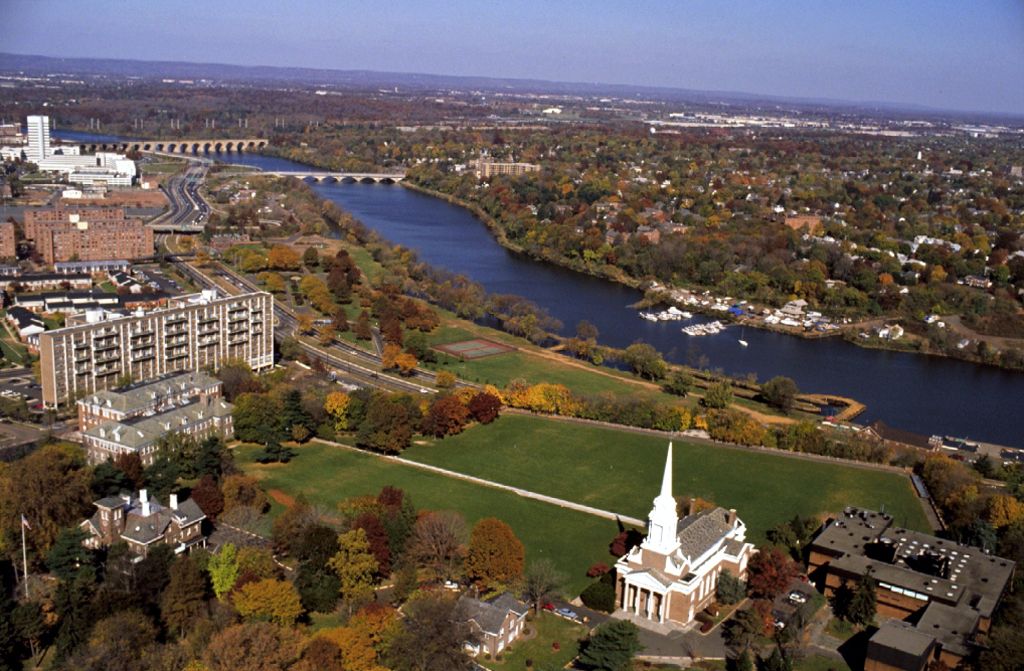

Jeffrey Lawrence, an English professor at Rutgers, gives us a lot to think about in this piece at The Chronicle of Higher Education. Here is a taste of “Who Owns Your Academic Community”:
During the past five years, I have served as research director of a public-humanities project in western Massachusetts not affiliated with a college, and one of the many lessons I’ve learned is how difficult it is to support even a single full-time employee, regardless of how doggedly (and successfully) one pursues funding from private donors and competitive grants. For all their problems, universities possess a vast employment infrastructure that dwarfs that of any potential alternative for intellectual work, including think tanks, foundations, and newspapers and magazines. Grass-roots public-humanities initiatives may provide gainful employment to a few Ph.D.s, but they are at best a small part of a potential solution to the humanities crisis.
Digital platforms, by contrast, have proved singularly adept at creating just such material infrastructures. Influencer culture — in which “ordinary” people with large social-media followings incorporate company products into their daily posts — has become a multibillion-dollar industry. The entire field of journalism, once tied to brick-and-mortar institutions, has been radically “disrupted” by Big Tech and the rise of social media. As Caitlin Petre has recently documented, the metrics-driven assault on traditional media outlets over the past 10 years has led to a vast shift in “institutional gatekeeping power from news organizations toward technology platforms.” As all but the biggest legacy newspapers have been forced to close shop or drastically downsize, digital alternatives such as Substack — a subscription-based platform backed by some of Silicon Valley’s largest venture-capital firms — have increasingly filled the void.
Does a similar fate await us in academe? It would be hyperbolic to propose that universities are at the same risk of digital disruption as traditional news organizations. But there is evidence to suggest that the biggest players in the platform economy are actively courting academic scholars. A 2021 New York Times article mentioned several prominent professors who had signed deals with Substack, including the Boston College historian Heather Cox Richardson and the Berkeley English professor Grace Lavery, who received a $125,000 advance for her subscription newsletter. It seems likely that at least a few well-known professors with large social-media followings will fully make the jump from academe to digital platforms in the next few years — if this hasn’t happened already.
Does a similar fate await us in academe? It would be hyperbolic to propose that universities are at the same risk of digital disruption as traditional news organizations. But there is evidence to suggest that the biggest players in the platform economy are actively courting academic scholars. A 2021 New York Times article mentioned several prominent professors who had signed deals with Substack, including the Boston College historian Heather Cox Richardson and the Berkeley English professor Grace Lavery, who received a $125,000 advance for her subscription newsletter. It seems likely that at least a few well-known professors with large social-media followings will fully make the jump from academe to digital platforms in the next few years — if this hasn’t happened already.
Lawrence concludes:
So how can academics confront the rise of platforms like Amazon, Netflix, Google, and Facebook? Most media scholars have argued that regulation alone will not impede or reverse the corporate dominance of cyberspace, given that the largest digital platforms routinely find ways to circumvent legislative measures even before those measures are enacted. Scholars like Zuboff and Noble advocate for public alternatives to commercial platforms, perhaps even a postcapitalist alternative that would, as Srnicek puts it, “make use of the data collected by these platforms in order to distribute resources, enable democratic participation, and generate further economic development.” Any efforts on the digital front must directly confront the profiteering logic that dominates the platform economy.
That doesn’t imply, however, that we should forsake the university as a site of political struggle. In his study of journalism over the past hundred years, Democracy Without Journalism? Confronting the Misinformation Society, Victor Pickard argues that a primary reason “toxic commercialism” has become so rampant in the profession is that the United States has declined to invest in public-media infrastructure. Pickard estimates that the U.S. government spends $1.40 per capita on public broadcasting, a fraction of what is spent by other industrialized nations. Of course, the neoliberal governance model that has dominated U.S. policy making since the early 1980s has also sharply cut funding to public institutions of higher education. But we might surmise that one factor that has prevented academe from undergoing the same wholesale transformation as journalism is its public infrastructure — which is to say, the buildings of some 1,600 colleges and universities and the students, staff, and faculty who inhabit them. Once we lose that infrastructure, we will not get it back.
Toxic commercialism has infected every aspect of 21st-century American life, including the academy. But it’s hard to imagine we’ll be more successful combating it in digital fiefdoms than on campuses, where we retain a degree of collective agency and — for those of us at state institutions — a public mandate. We abandon the academy at our own peril.
Read the entire piece here.